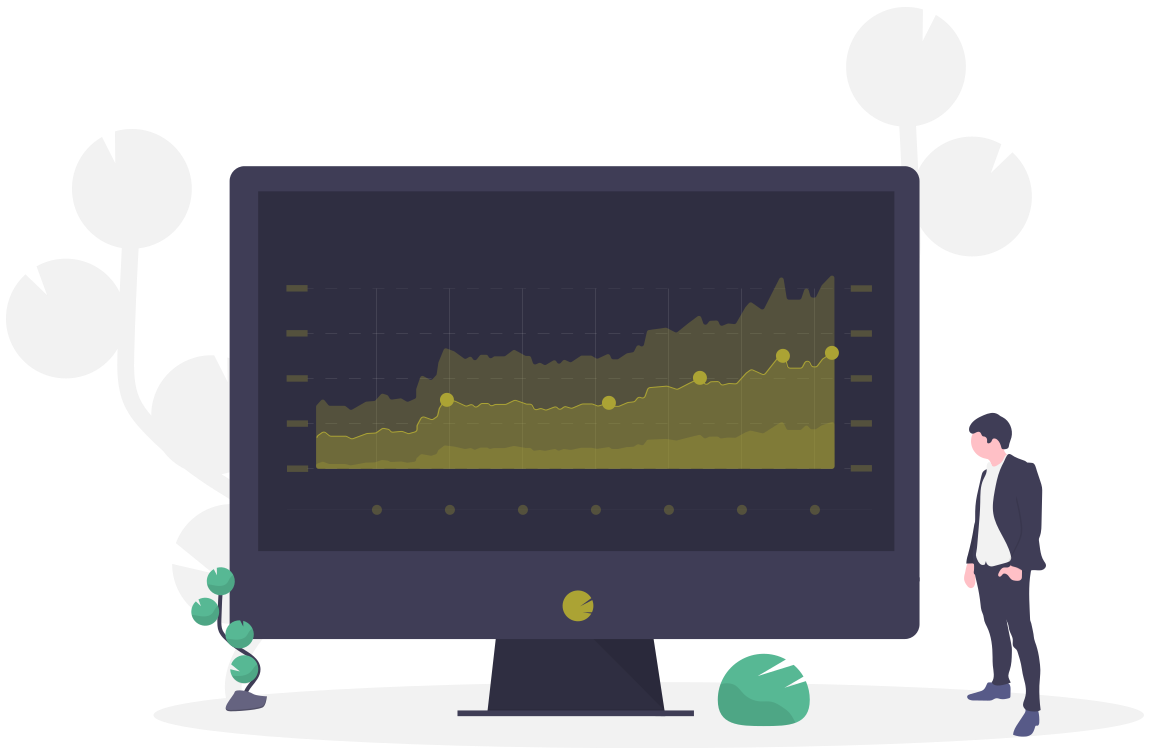Summary
The Mission
Chris Koopman and Marc Morris at The CGO knew their site could perform better in search results, but they weren’t sure how to fix it.
So Tallest Tree conducted an SEO audit.
We identified structure, content, and speed issues that could improve search performance.
Services
- SEO Audit
- Custom WordPress Theme
- Speed Improvements
- Schema Markup
- Content Strategy
The Outcome
Tallest Tree rebuilt The GGO’s WordPress theme while working with their marketing team to improve site organization and content meta data.
The Impact
After deploying these SEO fixes, The CGO’s search engine performance steeply climbed for more than six weeks.
The CGO’s site now ranks for 3x the number of search terms in the Google top-10 and over 2x the keywords in the Google top-100.
This rapid increase in ranked keywords means the site has the technical foundation to support future SEO campaigns.
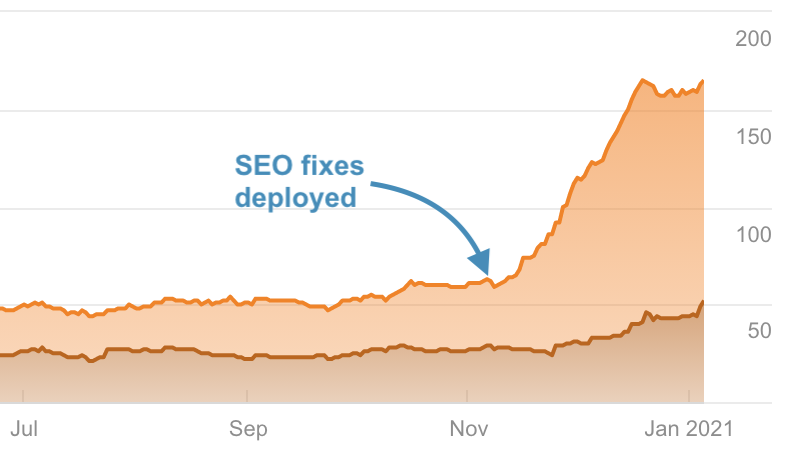
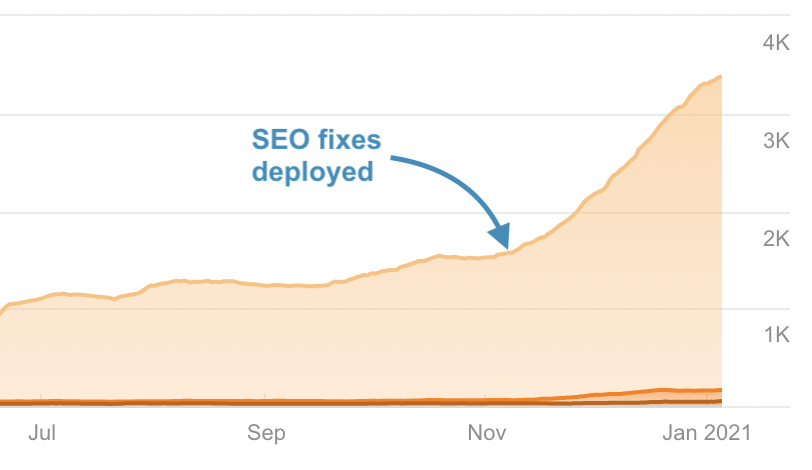
SEO Audit
Chris and Marc came to us without a specific problem in mind. They liked like the look of their recent website redesign, but they didn’t know if the site was in good shape technically.
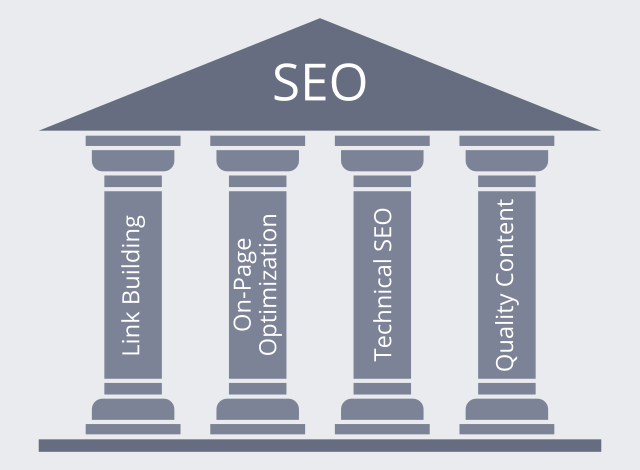
We examined the site using our standard SEO Audit, which is built around the four pillars of SEO:
- Link Building
- On-Page Optimization
- Technical SEO
- Content Quality
To analyze the site, we used tools like:
These tools help us identify site-wide technical problems, individual pages with broken links, and structural/formatting issues.
We also examined The CGO’s WordPress implementation by hand, looking for software architecture problems that might affect search performance.
The result: a 25-page report outlining every problem we could identify, possible solutions for each, and how those fixes ought to be prioritized.
Three Primary Problems
Going through all 25-pages of our report here in this case study isn’t practical, and it’d be pretty technical and boring too.
Instead, I’ll focus on the three areas I think made the biggest difference for the site:
Internal Linking
The automated scans from Ahrefs and Screaming Frog revealed that TheCGO.org had some pretty significant technical problems, but they were all below the surface.
From the user’s perspective, the site was relatively fast and worked pretty well, but under the hood there were some significant issues that were making it hard for search engines like Google to discern the topic of each page and which pages were related to each other.
This was reflected in the Ahrefs audit score. The score of 62 out of 100 was caused by problems with formatting, meta information, linking, and overall structure.
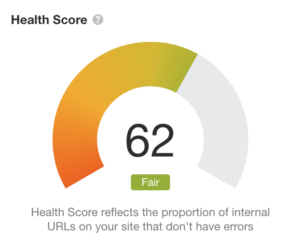
The most significant of these issues was caused by the site’s WordPress theme. It relied on JavaScript to create links between pages. That worked well for users, but the automated crawlers that Google uses to index the web couldn’t follow these JavaScript links.
These crawlers problems left many of the pages in the site “orphaned” meaning that they appeared to have no links pointing to them within the site.
Content & Meta Content
Ahrefs revealed another problem that is very common, especially with our think tank clients. Pages didn’t have specified meta descriptions, which can result in search results with description like this:
Without a description being provided, Google simply takes the text available on the page and uses that as the description. In this case, it’s grabbing address info from the footer, which needless to say is not an accurate description of The CGO’s board of directors.
We flagged this meta information issue, along with several pages that were “content light” (under 300 words), as high-priority fixes. Thankfully, none of this was technical, so the fixes could be implemented by The CGO’s own marketing team.
Speed
We also tested thecgo.org for speed. Slow websites don’t just make for a bad user experience, they’re also ranked lower in search results. Speed has been a factor in Google’s desktop search results since 2010 and mobile search results have been weighted for speed since 2018.
We wanted to test a typical page, so rather than test the homepage or a category page, we chose a single publication, which is what most users visit from search, email, or social media referrals. We made sure to choose a publications with multiple authors, a PDF attachment, and a handful of images.
Here are the results:
Desktop
Desktop speed was acceptable. Though a 72 out of 100 would be bordering on a D if this were a math test, this result is actually pretty typical and likely wouldn’t result in significant demotion of the site in search results.

Google’s PageSpeed score guidance on this issue suggest that a score below 50 is considered “poor” and most likely to be demoted in search. A score between 50 and 90 “needs improvement” but it’s not clear that they are penalized as harshly as sub-50 scores.
Mobile
The mobile speed situation, however, was much worse. Particularly important is the “Time to Interactive” figure. This measures the time it takes for the page to be manipulable by the user—as in, how long it takes for the user to be able to scroll, tap, and otherwise do stuff on the website.

14.4 seconds is simply much too high and was doubtlessly affecting thecgo.org‘s overall Google ranking, not to mention causing frustration for mobile users.
Digging Deeper with Pingdom Tools
To diagnose the causes of the slow speed, we used Pingdom Website Speed Test, which provides a nice breakdown of the site’s content by file size.
JavaScript was definitely causing a lot of the site delay here. The heavy use of JS also required over 60 requests to the web server, adding to the slow load times.
Given that JavaScript was also causing the internal linking issues we found with Ahrefs and Screaming Frog, we knew that reducing the amount of JavaScript running on the site would be a focus of our recommend fixes.
Choosing the Right Fix
We structured our plan of action for Chris and Marc following the same format we use for all of our proposals—we presented three options with increasing levels of scope, involvement, and price.
1. Improve Search Coverage & Speed
Our first option was a triage option. We’d address broken backlinks to the site, fix search engine coverage problems, change the main navigation, and attempt to make the site faster without changing the WordPress theme.
This option would’t make a big impact on search results, but it also wouldn’t require touching the software, and would therefore be the lowest cost.
2. Apply a Short-Term Patch
Our second options included all the fixes in the first option, while adding a custom WordPress plugin to the plan. This plugin would turn JavaScript links back into HTML links that search engines could follow and index.
This wasn’t a long-term solution, but we wanted to provide The CGO another low-priced option that addressed the most pressing short-term problem.
3. Fix Everything Now
Finally, we proposed addressing all of the technical problems we found in a single upgrade. This option was the much more involved, requiring a sizable budget and an uncertain timeline.
This meant fixing every structural problem by rebuilding their site with a better WordPress theme framework. This framework would be lightweight, using less JavaScript, so it would load faster and be easily indexed by Google.
While we were rebuilding the theme, we proposed adding a few features:
- Person content type
- Book content type
- Floating table of contents
- Improved search
We’d use schema.org meta data to highlight The CGO’s scholars and the books they’ve published, like The Environmental Optimism of Elinor Ostrom.
Schema markup identifies people, books, places, and other specific kinds of content, allowing Google to understand that data better and highlight it in search results, like the results seen below.
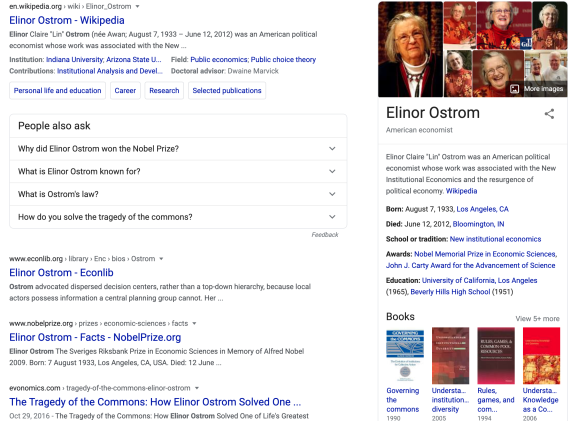
A floating table of contents, inspired by the one shown below from The Cato Institute, would make navigating longer publications easier and create keyword-rich on-page links.
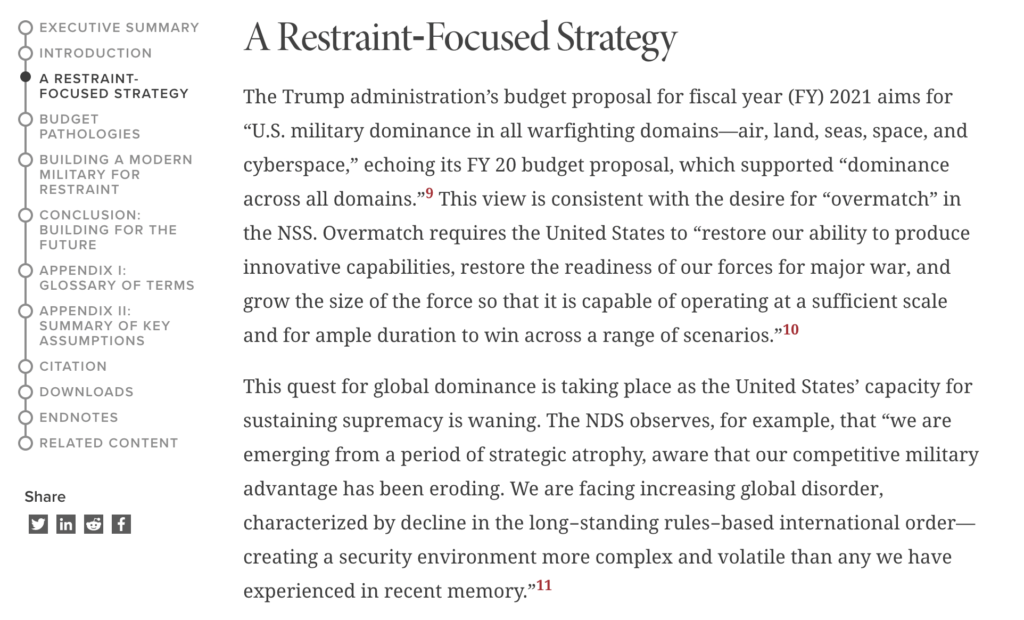
While rebuilding the theme, we’d also speed up onsite search. This was mostly a byproduct of simply adopting a more standard WordPress theme. By getting back to basics, TheCGO could use mainstream WordPress plugins like SearchWP and FacetWP, providing faster access to their research both for site visitors and their own scholars when referencing their past work.
Clear Results
Chris and Marc chose to go for the “Fix Everything Now” approach, which was a bold strategy.
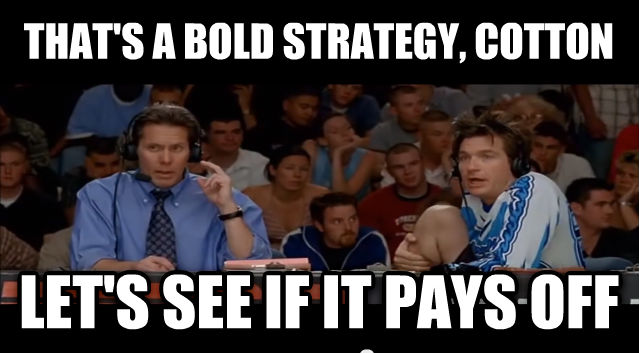
But as we predicted, that strategy paid off. Though the development of the new WordPress theme took a bit longer than we expected, the results have been inarguable.


Total ranked keywords more than doubled, climbing from 1570 keywords in the top 100 results, to over 3,400.
This shows that the site had the content and incoming links necessary to show up in Google search results, but its internal structure and non-standard WordPress theme were obscuring the content enough to drag down its ranking significantly.
Going forward, the The CGO can be confident that if they publish content that targets high-traffic, medium-tail keywords, they can build steady organic traffic over the long term.
Internal Linking
After rebuilding the WordPress theme in a new framework, the technical issues identified by Ahrefs and Screaming Frog were nearly all resolved. The formatting, meta information, linking, and overall structural issues were all fixed. Other details like link redirects, page titles, and headings required individual attention, so we fixed those by hand.
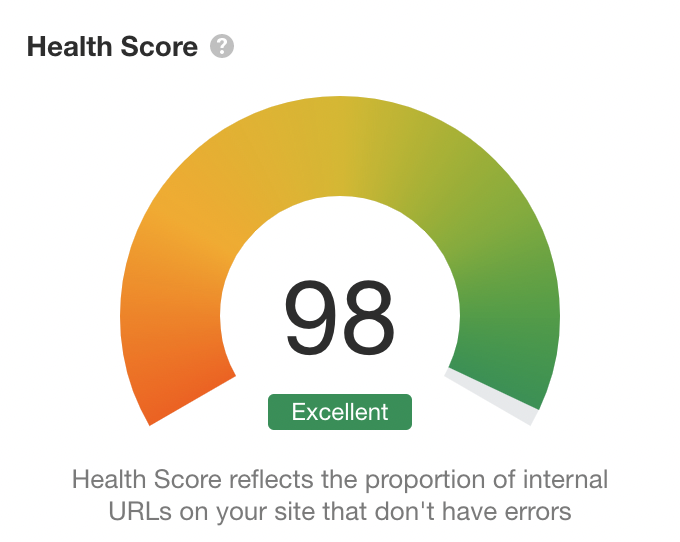
At a health score of 98, the site is now nearly perfect. The remaining issues are largely trivial details, like page titles that are still a little too long, others that are too short, pages with only a single incoming link, and a few remaining slow pages.
Those details could be fixed, but many would require editorial changes, creating links to older content, or cutting media from slow pages. When we reach that point in an optimization project, we call it quits. It’s pointless to chase down a quality score when it starts compromising the content of the site.
98 out of 100 is still a clear win. We’ll take the W.
Content & Meta Content
To their great credit, Marc Morris and Ian Nemelka on the CGO marketing team took on editing over 700 page descriptions and knocked out that work surprisingly quickly.
Now the descriptions in Google results clearly explain the content of each page, which increases click-through rates. Here’s how that book about the work of Nobel laureate Elinor Ostrom now appears in Google:

Marc and Ian also changed the formatting within these pages to use the proper heading tags. We created a plugin that then used those heading tags to a create a floating table of contents on left side of each publication page. Those links not only make navigating larger online publications easier, those linked headers also prompt Google to display the “sitelinks” you see below the page description in the Google results above.
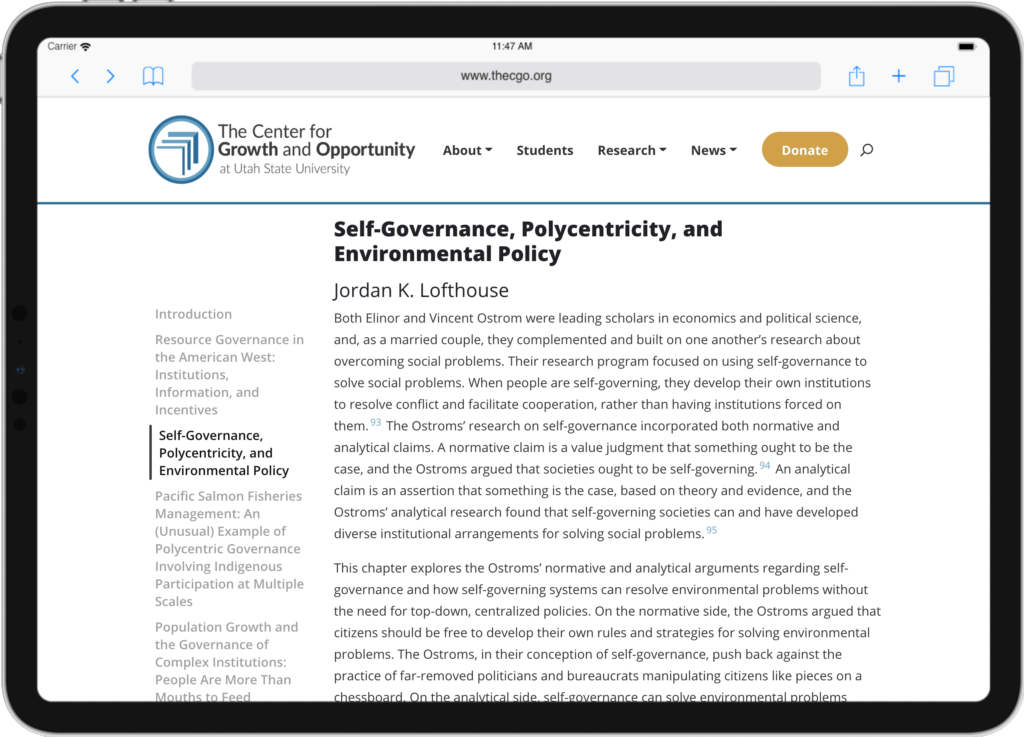
These content revisions, along with the fixes to internal linking and structure probably contributed the most to the dramatic increase in keyword ranking for the TheCGO.org.
Speed
Rebuilding the WordPress theme also produced dramatic speed improvements on both desktop and mobile.
Desktop
The desktop speed score had been at an acceptable, but lackluster 72. This shot up to a 98 on our test page, with a lightning-fast 1.1 seconds to interactive.

Mobile
The mobile speed score could still be improved, but jumping from a score of 16 to 72 is still a pretty huge victory. Much of that can be attributed to cutting the amount of JavaScript loaded in half, both in terms of total file size and individual requests.

Because Google uses speed as ranking factor, these improvements have likely contributed to some of the ranked keyword increases we saw after launch, though experience tells us that linking and content fixes are more important for ranking.
Where these speed improvements really make a different is with users, who now have a site that’s 3x faster on desktop and 2x faster on mobile. That speed means users are less likely to abandon the site in favor of faster competitors in the search results.
As Google pushes to integrate UX signals into their search rankings in 2021, users staying on the site will become more important. So this speed improvement may end up being a more significant search performance improvement in the months and years to come.
Bonus Result: Owning Your Brand
While your organization’s own name may not drive a lot of new users to your site, it’s a common way for people already familiar with your brand to find your organization.
Before working to optimize their site, The CGO didn’t own the top spot for its own brand, instead it was occupied by Cedar Glen Observatory, which owns thecgo.com:

After optimizing their site, The CGO now occupies the top three position for their brand:
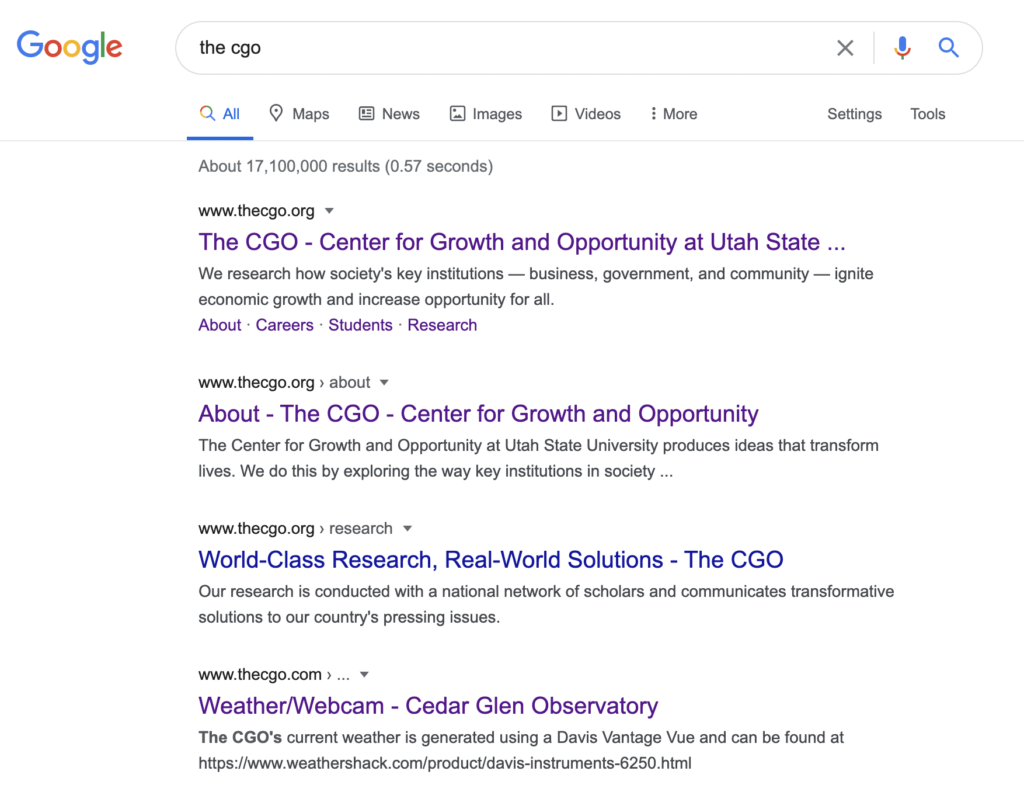
Owning the first search result for your brand name, let alone the first three spots, adds to the perception that you’re a legit, established organization.
Occupying those three spots on the first page also pushes down other search results. This not only means pushing down confusingly similar-branded telescopes, but also pushing down critical or negative web pages, which often appear on the first page of Google results when searching for groups that work in the public policy space.
So owning your brand on Google both accentuates the positive and at least helps to diminish the negative.
Next Steps
An SEO audit and comprehensive on-site SEO fix like this one is only the first step in a longer-term SEO strategy.
The CGO can now research popular keywords related to their work, choose a low-competition niche, and drive more organic to their site through smart content choices and link building.
And that organic traffic is valuable. It’s why Google continues to bring in the largest share of global digital advertising revenue and why PPC (pay per click) ads on Google often sell for double the rate of similar ads on Facebook.
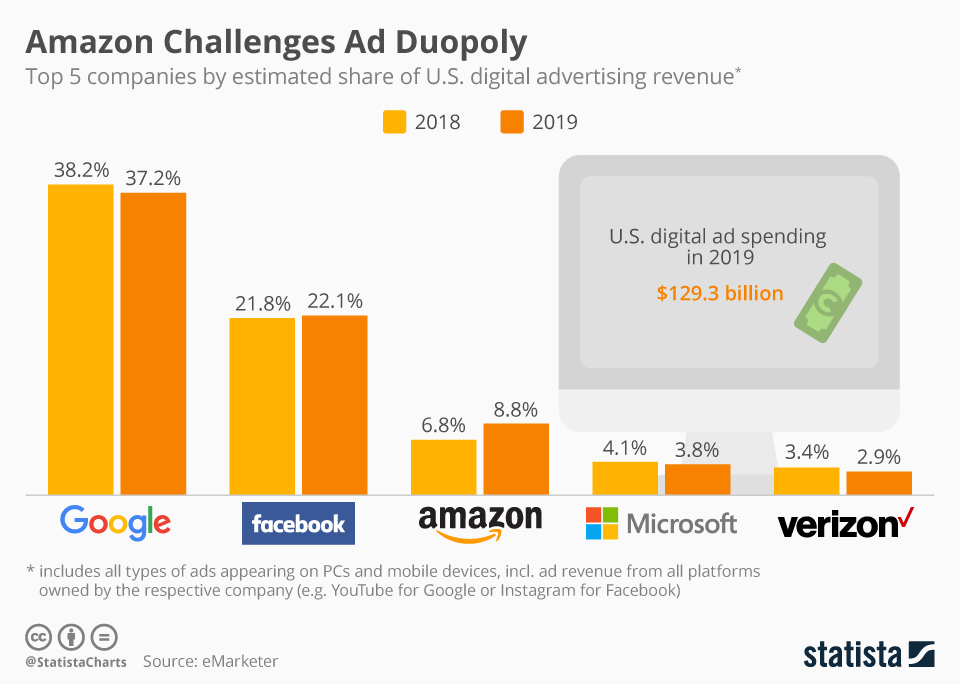
Why? Because keywords are an incredible indication of intent.
There’s no need to guess someone’s interests based on demographic data or behavior when they just searched for “immigration policy reform,” “government-owned broadband,” or “critical habitat designation.”
Search intent makes the user’s needs clear. It’s then up to content creators to provide them with the best information possible.
With its technical problems solved, The CGO is in the perfect position to do exactly that.
We Can Help
Want to improve your web marketing game? Call us for a free 20-minute consultation. We can help you identify the problems you should address to create the biggest return on investment.
Don’t worry, this phone call won’t be “salesy.” Our call will be focused on learning about your goals and the problems you’re facing. That way, we can determine if our approach would be a good fit for your needs.
Book a free 20-minute consultation